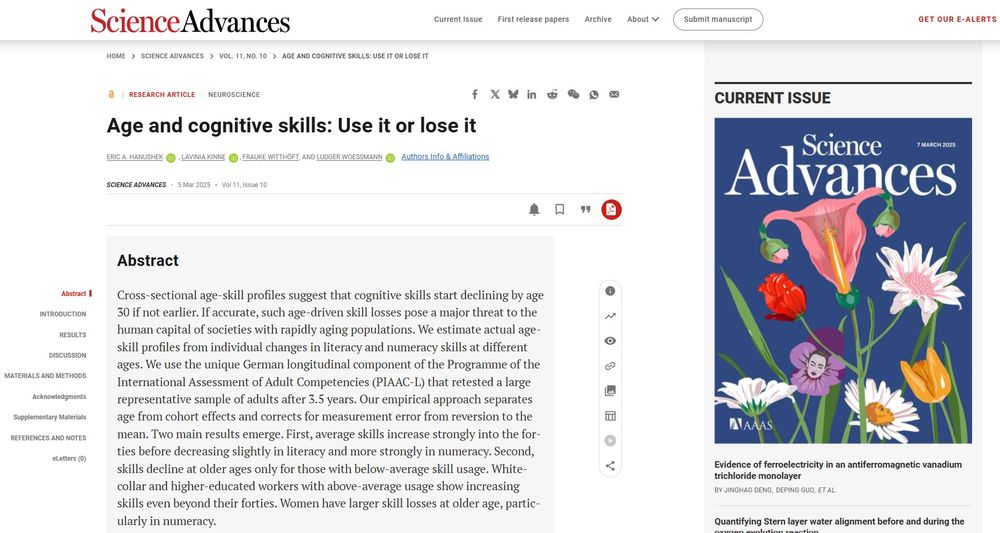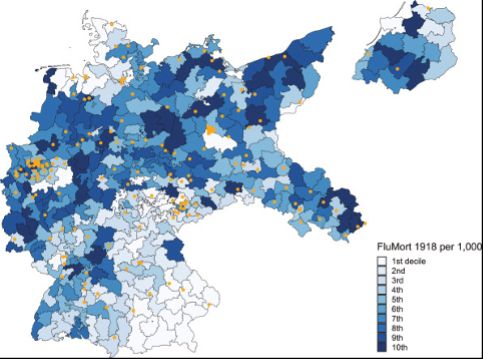
Professor of Public Economics at Uni Passau, Health/ Labor/ Population Economics, ifo Institute, CESifo, IZA
https://sites.google.com/site/sbauernschuster/

“Age and Cognitive Skills: Use It or Lose It”
just came out in #ScienceAdvances @science.org
💡 Longitudinal evidence: age pattern of literacy+numeracy not as bleak as cross-section suggests + strongly differs by skill usage
www.science.org/doi/full/10....
🧵A thread
1/7


Super nice crowd, great comments - highly recommend!
www.wiwi.uni-passau.de/fileadmin/do...

www.digital.uni-passau.de/beitraege/20...
🥳 wiwo.de/politik/konj...
Reposted by Stefan Bauernschuster
Reposted by Stefan Bauernschuster

#econsky 🧪














